Category: Insights by Indus
Experience Cultural Immersion with Indus Discoveries
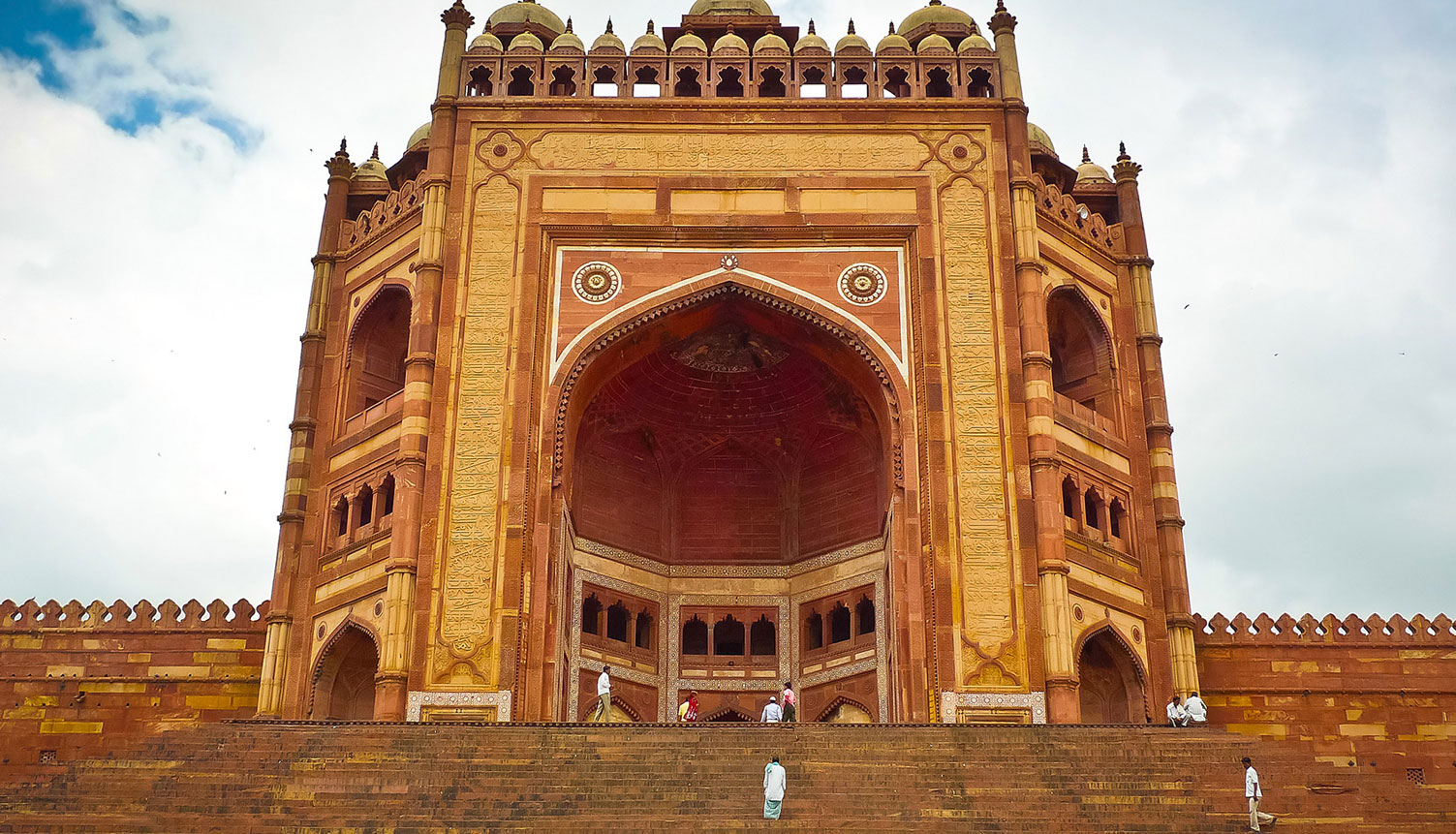
In a world where travel has become synonymous with ticking off bucket lists and snapping Instagram-worthy pictures, there’s something profoundly enriching about immersing yourself in a culture. It’s not just about visiting landmarks; it’s about connecting with the soul of a place, understanding its people, and embracing its traditions. And if you’re someone who seeks to uncover various facets of a culture, then Indus Discoveries is your ultimate travel company.
Indus Discoveries isn’t your typical travel partner; we are a curator of experiences, a facilitator of meaningful encounters, and a bridge between travelers and local communities. We go beyond the conventional tourist trails to offer authentic experiences that leave a lasting impact.
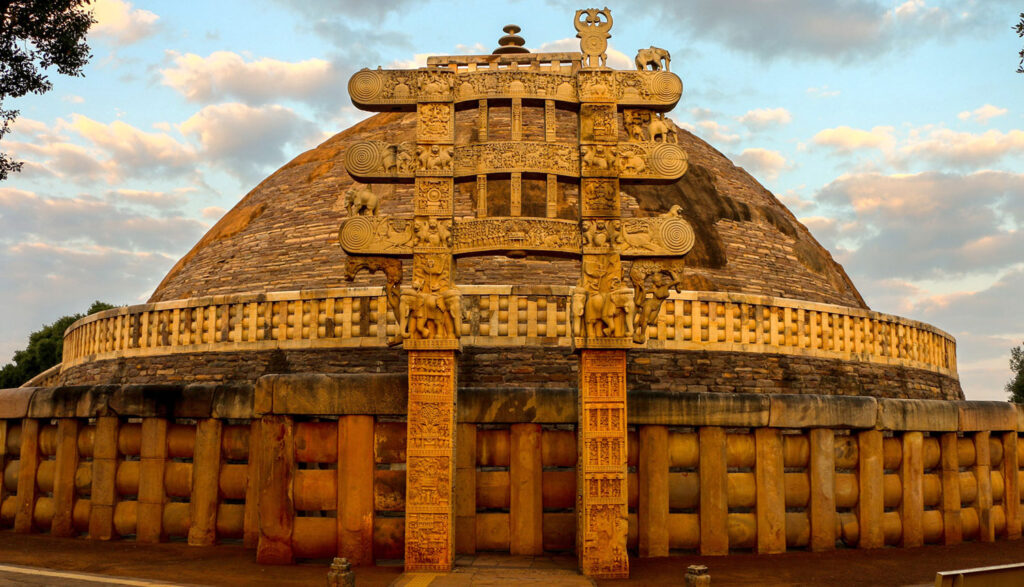
In a land brimming with myriad traditions, religions, cuisines, languages, and landscapes, India’s essence lies in its unparalleled diversity. Renowned as the cradle of ancient civilization, India is also graced with breathtaking scenery, rendering it an ideal haven for travelers in pursuit of immersive cultural experiences. Embark on a journey to uncover the vibrant tapestry of India’s living traditions, where the warmth of its people, the dynamism of its cities, the majesty of its mountains, the verdant embrace of its forests, and the grandeur of its festivals await your exploration. With its intricately carved rocks, meticulously crafted woodwork, secluded monasteries, and ornate temples, India, as a vast subcontinent, never fails to astonish. Immerse yourself in the kaleidoscope of experiences, from the vibrant hues of Gujarat and Rajasthan to the timeless allure of the Taj Mahal, from the spiritual ambiance of Varanasi to the scenic splendors of Darjeeling, from the enchanting landscapes of Kerala, to so much more.
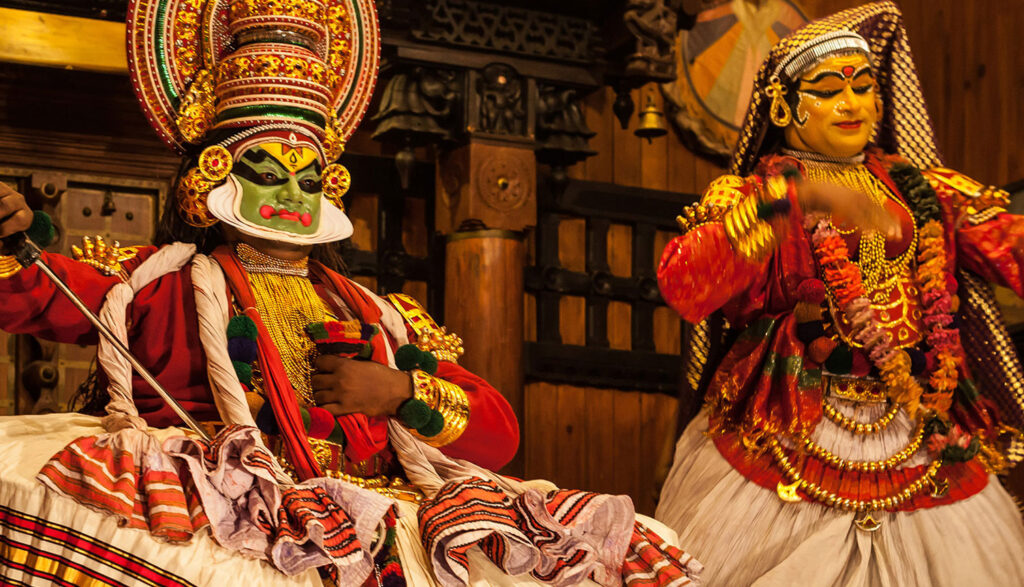
Whether your heart yearns to uncover India’s scenic vistas or delve into its rich cultural tapestry through its bustling cities, Indus Discoveries stands ready to create a bespoke itinerary tailored to your preferences and needs. Each of our captivating programs have been meticulously crafted to unveil the rich cultures and hidden treasures of India, promising an unforgettable journey of discovery.
We operate across a diverse range of destinations across India, each offering its own unique tapestry of traditions, flavors, and stories. Every journey with us promises to be a kaleidoscope of experiences that awaken the senses and ignite the soul.
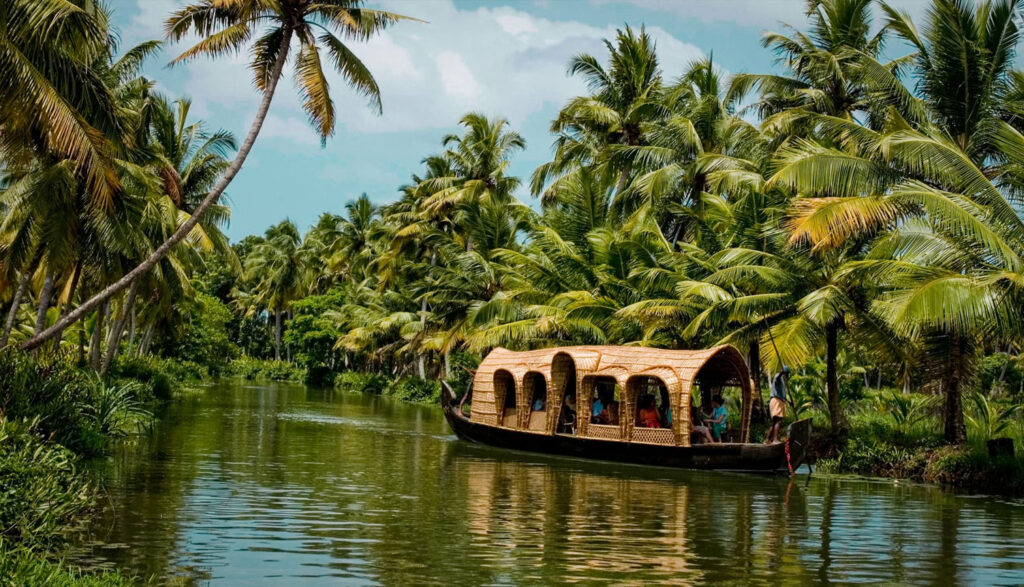
With a commitment to responsible & sustainable tourism, a dedication to immersive experiences, and a passion for fostering cross-cultural understanding, we help open doors to a world of exploration, discovery, and transformation. So, if you’re ready to embark on a journey that goes beyond the surface and delves into the heart of a destination, then Indus Discoveries awaits, ready to guide you on the adventure of a lifetime.
Discover India through the lens of Indus Discoveries. #IndusIndia

India, a land of heritage, diversity, rich history and vibrant culture, has always mesmerized travelers from around the globe with its myriad of experiences. From the snow-capped peaks of the Himalayas to the serene backwaters of Kerala, each corner of this vast country offers something unique to explore.
And what better way to unravel the mysteries of India than through the lens of Indus Discoveries, a Destination Management Company specializing in crafting bespoke travel experiences. We invite you on a journey of a lifetime to discover the enchanting, vivid tapestry of India.
Culture, Heritage & History Holidays
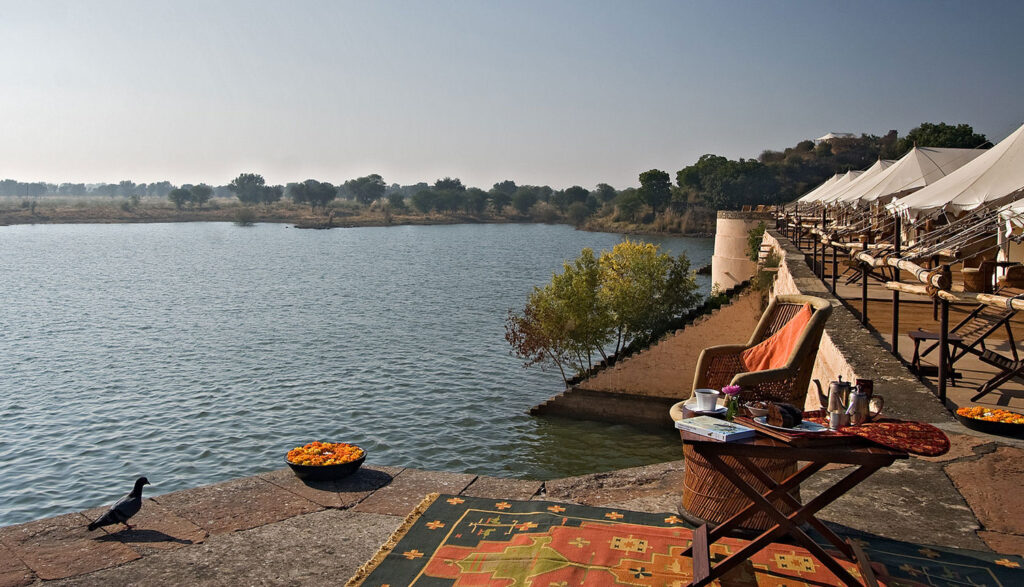
India’s essence lies in its rich diversity of traditions, religions, cuisines, languages, and landscapes. As the oldest civilization, it offers awe-inspiring landscapes and vibrant cultures, making it an ideal destination for cultural holidays. Explore India’s warm people, majestic mountains, lush forests, and grand festivals. Experience Gujarat’s vivid colors, Rajasthan’s timeless beauty, Varanasi’s spiritual aura, Darjeeling’s scenic wonders, Kerala’s ethereal beauty, and more.
Culinary Experiences

Explore India’s diverse cuisines and captivating tales on our culinary journeys.
Join our Cooking in Paradise tour to uncover North Indian delights, including Awadhi cuisine in Lucknow, Mughlai treats in Agra, and authentic Rajasthani fare in a village setting. Cap off the experience with a dinner hosted by Lucknow’s royal family. For a taste of Southern India, embark on our Coffee and Cuisine tour through the Malabar and Coorg regions. Learn Mapillah cuisine secrets in north Kerala and roam spice plantations in Wayanad and coffee estates in Coorg.
Holidays By Rail

Embark on a journey through the vibrant Indian landscape aboard splendid locomotives. Each train ride offers a unique cultural experience, from the fast-paced journeys of the Shatabdi and Rajdhani Express to the nostalgic charm of steam trains in Nilgiris, Darjeeling and Shimla. Indulge in luxury aboard award-winning trains like the Palace on Wheels, Maharaja’s Express, and Deccan Odyssey, where modern comforts meet traditional elegance for an unforgettable travel experience.
River Cruises

Embark on a sublime journey along India’s lifeline rivers, offering a unique perspective of the country’s hidden treasures.
Enjoy elephant and jeep safaris, spotting rare one-horned rhinos at Kaziranga National Park. Visit the Ahom kingdom ruins, the Mishing village, and the Neo-Vaishnavite monasteries of Majuli Island.
Cruise down the Hugli River from Calcutta to the Ganges, explore the brassworking village of Matiari, the terracotta temples of Kalna, and the remnants of the Dutch settlement in Chinsurah.
Journeys for the Soul
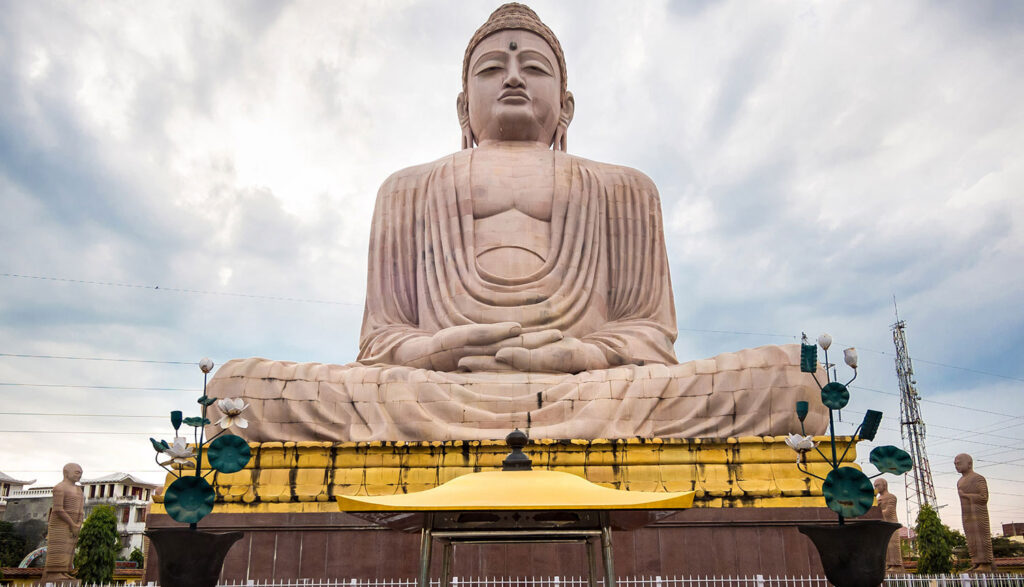
India’s diverse religions unite its people, from the temple bells of Varanasi to the mosque gatherings in Ajmer, and the Christmas carols in Goa to the Sikh service in Punjab. It’s the land of Buddha’s enlightenment, the birth of Yoga, and thriving Ayurveda. For 16 years, Indus Discoveries has tailored religious pilgrimages, spiritual journeys, and yoga tours. Our network of experts crafts specialized itineraries for religious institutions, educational groups, and individuals seeking to immerse themselves in India’s rich religious heritage.
Wildlife Safaris
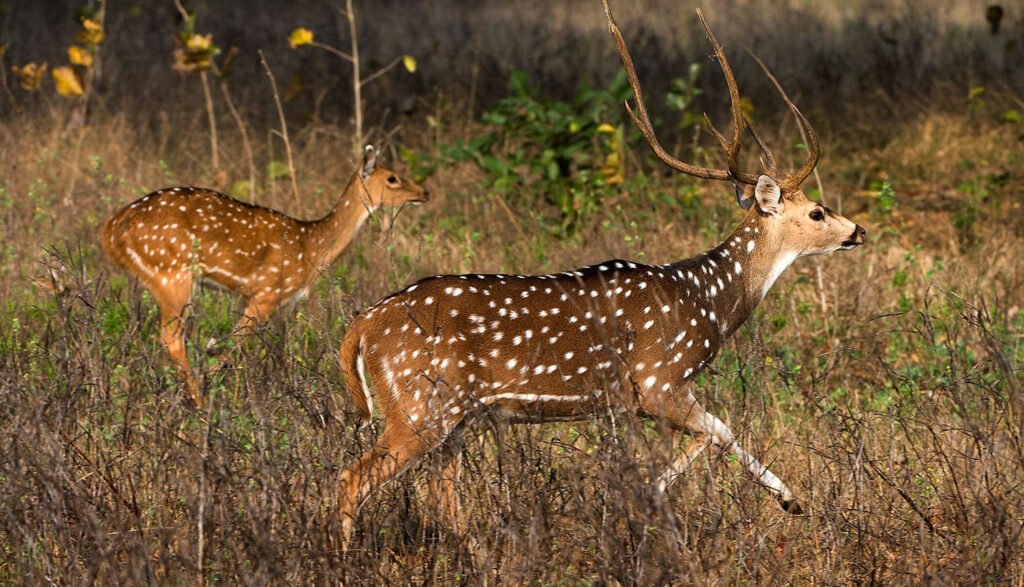
India’s diverse landscapes host an array of national parks, each offering a unique wildlife experience. With over 80 national parks and 440 wildlife sanctuaries, covering nearly 4.5% of the country’s area, India boasts an impressive variety of indigenous species, including the Asiatic Lion, Elephant, Snow Leopard, Royal Bengal Tiger, and Siberian Crane. Notably, India is the sole country where both lions and tigers roam freely.
So, why wait? Embark on a magical journey with Indus Discoveries and let the magic of India unfold before your eyes. Let’s start planning your unforgettable adventure together!
Unveiling of Memorial to Sir Aurel Stein

Indus Discoveries to install memorial stone at Mohand Marg on 14 September, 2017
Sir Aurel Stein (1862–1943) is one of the most important archeologists of the 20th century. His expeditions along the Silk Road discovered the “Caves of the Thousand Buddhas” at Dunhuang in China, as well as the lost oasis towns in the Tarim Basin. The objects he excavated and collected are divided between the National Museum, New Delhi; the British Museum, London; and Srinagar Museum.
But for more than 50 summers, Stein retreated to the meadows of Kashmir to recuperate from his travels and to write up his expedition reports. Inspired by the work of scholar S.N.Pandita on this little-discussed aspect of Stein’s life, Yasin M. Zargar of Indus Discoveries will erect a new memorial stone at Mohand Marg to commemorate Stein’s exceptional achievements.

The memorial stone, a triangular based column has been inscribed in English, Urdu, and Sanskrit, and displays the following text:
MOHAND MARG
ON THIS MARG SIR AUREL STEIN
FIRST PITCHED HIS CAMP IN THE SUMMER
OF 1895 WHEN EDITING THE RAJATARANGINI.
HE RETURNED HERE IN MANY SUBSEQUENT
SUMMERS WHEN WRITING HIS ACCOUNTS
OF HIS GREAT JOURNEYS…
HE LEFT HERE IN SEPTEMBER 1943
TO GO TO AFGHANISTAN…
… HE DIED IN KABUL ON 26 OCTOBER 1943
IN HIS EIGHTY FIRST YEAR…
The new stone, which has taken five years to plan and carve, replaces an older, damaged memorial stone laid at Mohand Marg shortly after Stein’s death.

The installation of the new stone marks the start of a series of celebrations of Stein’s life and works. A major conference in his honour will be held at Kashmir University on 20 and 21 September, 2017, with the participation of the Centre for Central Asian Studies, Kashmir University, Department of Tourism Kashmir and INTACH — Kashmir chapter.
For more information about the Sir Aurel Stein visit http://www.siraurelstein.org.uk/
The UNESCO Intangible Cultural Heritage of India
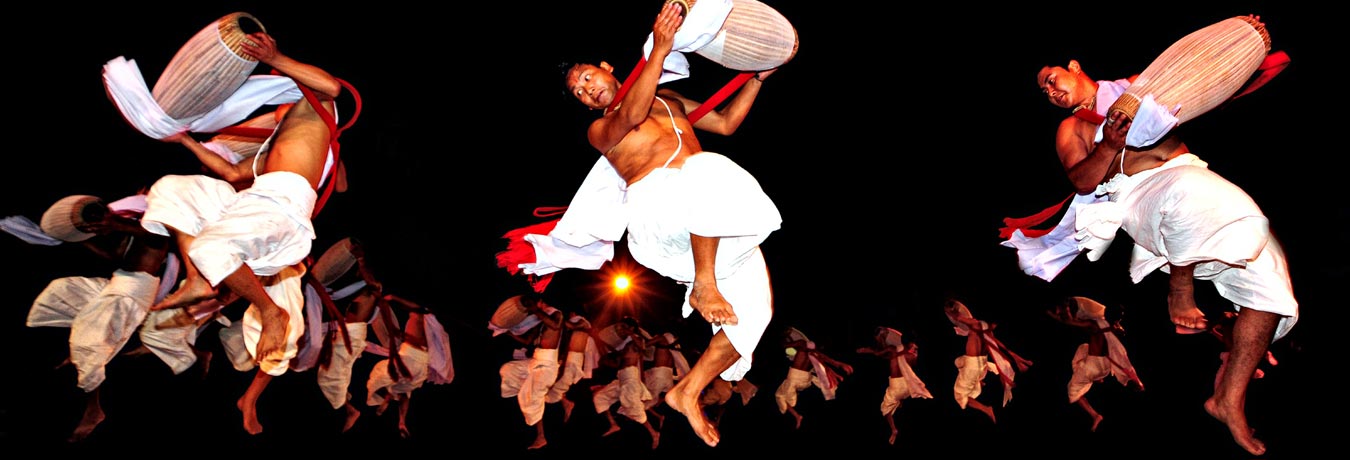
Since 2008, UNESCO has been curating a list of cultural heritage practices from around the world that are intangible in nature and is also conceptualizing measures to preserve and pass on these rich heritages. Till now there are 364 cultural practices world wide that made to the Intangible Cultural Heritage list, and with such a vast cultural diversity India contributes 10.
Read about India’s 10 UNESCO Intangible Cultural Heritage that testify our rich cultural past and heritage, listed according to their year of inception.
Representative List of the Intangible Cultural Heritage of Humanity in India
2008
Tradition of Vedic chanting (originally proclaimed in 2003)

Known to be the sacred foundation of Hinduism and a deep source of knowledge, the Vedas are the collection of Sanskrit poetry, philosophy, myth and ritual chants developed and composed by the Aryans over 3,500 years ago. They undoubtedly are one of the world’s oldest surviving cultural traditions. The practice of Vedic chanting is embraced from texts and interpretations collected in the four primary Vedas of Hinduism – Rig, Yajur, Sama and Arharva. These Vedas are expressed in Vedic Sanskrit that offer astonishing insights on the evolution of Hinduism and the early development of its artistic, scientific and philosophical concepts, including the concept of zero.
The values of this traditional heritage are not limited to the oral rendition but also the innovative techniques used by the Brahmins (the highest Hindu caste, originally priests) to preserve the texts developed thousands of years ago.
Practitioners are taught from childhood to ensure that the sound of each word remains unaltered and they follow a unique manner of pronunciation. Although Vedas are still an important part of Hinduism, only 13 Vedic recitation branches have survived from over 1,000 branches. These recitation schools are found in Maharashtra (central India), Kerala and Karnataka (southern India) and Orissa (eastern India).
Ramlila, the traditional performance of the Ramayana (Originally proclaimed in 2005)

Ramlila literally is Rama’s play, a performance of the Ramayana in a series of scenes that include songs, narration, recital and dialogue. It is performed across northern India in autumn during the festival of Dusshera. Ramlilas from Delhi, Ayodhya, Ramnagar and Benares, Vrindavan, Almora, Sattna and Madhubani are renowned across the country and are based on the Ramchitramanas. It is a sacred text developed by Tulsidas in the 16th century to glorify the deeds of Rama, the hero of the Ramayana.
Ramlila recalls the battle between Rama and Ravana and consists of various dialogues through a series of performances lasting 10 to 12 days. Ramlila brings people together irrespective of caste, religion and age. Crowds participate spontaneously and involve themselves in various activities comprising mask making to effigies and lights. However in recent years, the development of mass media has led to a declining number of spectators. Nevertheless this tradition has spread to countries where Hinduism exists and its inclusion in the list brings the hope of revival.
Kutiyattam, Sanskrit theater (originally proclaimed in 2001)

Practiced in the state of Kerala, Kutiyattam is one of India’s oldest surviving theatrical traditions. Originated about 2,000 years ago, it is a concoction of Sanskrit classicism and local traditions of Kerala. In Kutiyattam, eye expressions and the language of gestures play important parts. It takes 10 to 15 years of rigorous training to become an expert performer with sophisticated breathing control and subtle muscle shifts of the face and the body. Kutiyattam is based on elaboration thus a single act may take days and performances may last for 40 days. It is traditionally performed in theaters called Kuttampalams, which are located inside Hindu temples. As it is considered as one of the oldest surviving theatrical traditions, inscribing Kutiyattam in the intangible cultural heritage of India ensures its prosperous future.
2009
Ramman, religious festival and ritual theater of the Garhwal Himalayas, India

Ramman is a festival confined to just 1,800 people of the twin villages of Saloor Dungra of the Painkhanda Valley in the Chamoli district of Garhwal in the Himalayan state of Uttarakhand. It is celebrated in the honour of the tutelary god Bhumiyal Devta. Ramman is organized by villagers and each caste and occupational group have a distinct role in the festival. During Ramman 18 people play 18 characters, wearing 18 masks to dance on 18 beats to celebrate the 18 puranas. It is celebrated among just 186 families of this twin village.
2010
Chhau Dance

With its origin in the eastern states of West Bengal, Jharkhand and Odisa, the Chauu dance is a major egalitarian classical dance form. Traditionally a male troupe dance, it has three distinct styles named after the locations where they are performed, namely Purulia Chau of West Bengal, Serakeilla Chau of Jharkhand and the Mayurbhanj Chau of Odisha. Serakeilla Chau and the Mayurbhanj Chau are mainly performed during the spring festival of Chaitra Parva and Purulia chau is celebrated during the Sun Festival. It is a martial dance form that is acrobatic and athletic in nature with Hindu religious themes found in Shaivism, Shaktism and Vaishnavism.
Kalbelia folk songs and dances of Rajasthan

Kalbelia is a community in Rajasthan who were once professional snake handlers trading snake venom and practicing alternative medicines. Now that the snake handling days are over, Kalbelia rely on entertaining people for their livelihood. They are known for their sensuous form of dancing also called Kalbelia. It impersonates the movement of a snake and is performed on ecstatic occasions.
Kalbelias are reputed for their ability to compose songs spontaneously and improvising it at the same time. The songs are passed on from one generation to the other orally and there are no written texts that exist. Kalbelia like other virtuoso musicians of Rajasthan are unique, rightly marking a place in the intangible cultural heritage of India.
Mudiyettu, ritual theatre and dance drama of Kerala

Mudiyettu is a ritual dance drama from Kerala based on the mythological tale of the battle of Goddess Kali and the demon Darika. This form of dance drama is a community ritual in just 4 districts of Kerala performed during the four-day festival dedicated to Goddess Kali after the summer harvest. It requires 16 people to perform Mudiyettu and the figure of Kali is painted on the floor, called as ‘Kalam’ wherein the spirits of the goddess is invoked. Mudiyettu is considered as an important cultural site to pass on the traditional values, ethics and moral codes of the community to the next generation. The responsibility for its transmission lies with the elders and senior performers, who engage the younger generation as apprentices during the course of the performance, thereby ensuring its continuity and relevance.
2012
Buddhist chanting of Ladakh: recitation of sacred Buddhist texts in the trans-Himalayan Ladakh region, Jammu and Kashmir

In the Buddhist monasteries and villages of Ladakh, the Buddhist lamas (priests) chant sacred texts that represent the philosophy and teaching of the Lord Buddha. Primarily, there are two forms of Buddhism prevalent in Ladakh – Mahayana and Vajrayana comprising of four different sects i.e. Nyngma, Kagyud, Shakya and Geluk. Each sect has several different forms of chanting that are practiced during daily rituals and important days in the Buddhist calendar. Buddhist chanting is undertaken for the purification and peace of mind, and spiritual and moral well-being of the people, to pacify the wrath of the evil spirits and to invoke blessing of Buddha, deities and Rinpoches (a religious teacher held in high regard among Buddhists).
The chants are usually done indoors or accompanied by dance in monastery courtyards. These chants are practiced everyday for world peace and for the personal growth of the practitioner. No doubt that such cultural heritage should be preserved that strive to ensure world peace.
2013
Sankirtana, ritual singing, drumming and dancing of Manipur

Tucked in the valleys of Manipur in the north east of India, Sankirtana is a array of song, dance and drumming that is performed to mark religious occasions and various life stages of the Vaishnavites (followers of the Lord Krishna) of the state. It is practiced at the center of the temple where performers sing and dance narrating the live and deed of Krishna.
Sankirtana was started by the members of the royal family of Manipur in the 15th century and reached its pinnacle in the 18th century. One amazing fact about Sankirtana is that about 100 different rhythmic variations or taals are used while singing.
2014
Traditional brass and copper craft of utensil-making among the Thatheras of Jandiala Guru, Punjab

This unique traditional technique of manufacturing brass and copper utensils comes from the expert craftsmen of Jandiala Guru in Punjab. Unfortunately the usage of copper and brass utensils is dying because people are moving towards utensils made of stainless steel, aluminium or ceramics.
The astonishing fact is that these utensils are believed to be beneficial for health. Eating and cooking in these utensils is also recommended by Ayurveda. However the maintenance of such utensils is time consuming. Hopefully, its inclusion in the UNESCO Intangible Cultural Heritage List may reignite their use.
These are the 10 UNESCO Intangible Cultural Heritage of India that made it to this list. If you think that there are other cultural practices that should be included in the list then just leave us a comment below. If you want to visit the places of such cultural uniqueness than contact us at enquiries@indusdiscoveries.com.
Top 10 Must Visit Valleys in India
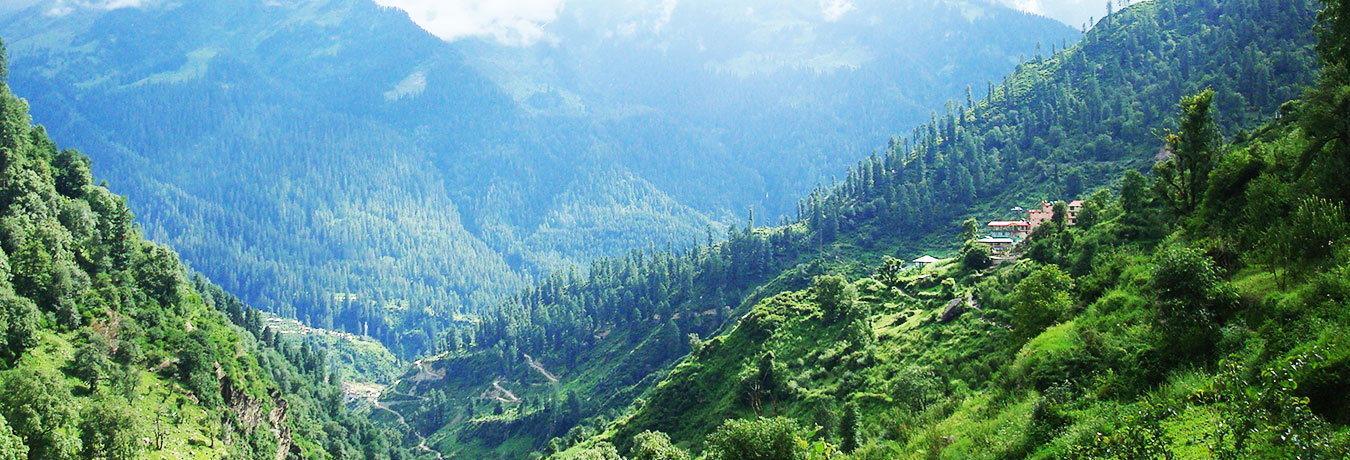
As a traveller, have you ever seen something so intricate, natural, and stunning that it literally swept you off your feet? Visualise a place, which is bestowed with exotic flora and fauna, majestic mountains, and sparkling rivers – we are talking about some stunning valleys of India, which will simply leave you awestruck. Let’s talk about these natural wonders of India, which are worth exploring for any ardent traveller.
Zanskar Valley, Ladakh

Zanskar valley is located in the south-west region of Leh at an altitude of 13,154 ft and spread over an area of 5,000 sq km. This valley is named after the Zanskar River, which flows down from the mountain and waters the rose bushes and other herbal plants in this valley. Nestled amidst snow-capped mountains of the Himalayan range, this is one of the most beautiful valleys in the world. The ravine provides captivating views of the surreal beauty of nature and attracts many tourists. You should know that it remains inaccessible for about 7 months of the year due to heavy snowfall. The Zanskar River freezes and turns into a captivating sheet of snow during winter, which is popularly called as the Chadar trek. A few tourists come here especially in winter to relish the opportunity of trekking on this challenging terrain. Besides that, many visitors come here to explore the ancient Buddhist monasteries. During summers, travellers enjoy white water rafting on the Zanskar River.
How to reach:
By Air: The nearest airport to Zanskar is at Leh. Leh is well connected to major cities like Jammu, Srinagar and Delhi with major airlines flying into Leh. Hire a taxi from the airport or you can go for shared taxis or buses to get to Zanskar Valley.
By Rail: The nearest rail head is Jammu. After getting off at the railway station, one can take a shared bus to Zanskar Valley via Kargil.
Where to stay:
You can stay in the Jammu and Kashmir Tourism Bungalow. Other options are three guesthouses and some campsites in Zanskar. Padum town, which is situated at a distance of 19 kms from Zanskar, has a three-star hotel.
Valley of Flowers, Uttarakhand
Nestled amidst the Garhwal hills of the Himalayan Mountain Range, the valley of flowers has been accredited as a World Heritage Site by UNESCO. It is one of the main attractions of the Chamoli region of Uttarakhand. This beautiful canyon is fittingly named as the Valley of Flower, as it is blessed with a fabulous assortment of gorgeous flowers, which fill up the valley and create an enthralling panorama. In fact, there are some rare varieties of flowers here, such as: the blue Himalayan poppy, Himalayan bellflower, Morina longifolia, Himalayan maple, and brahmakamal – interestingly, these flowers are found only on the higher stretches of the Himalayas. Besides regular tourists, this valley is hugely popular among explorers, botanists and mountaineers, who come here either to study the rare flowers or to enjoy trekking. It is also home to some endangered species of animals such as snow leopard, red fox, musk deer, brown bear, and blue sheep. The best time to visit this valley is between mid-April and June, as it remains closed for 7 months in a year due to heavy snowfall.
How to reach:
By Air: The Jolly Grant Airport is the nearest Airport to Valley of Flowers. You can book a cab to reach Govind Ghat. From there onwards, you have to commence trek of 16 kms to reach the Valley of Flowers.
By Rail: The nearest railway station to Valley of flowers is Rishikesh. You can reach Govind Ghat by bus or cab and then you have to commence trek of 16 kms to reach Valley of Flowers.
Where to stay:
No one is allowed to stay in the Valley of Flower region. So, you can stay at Ghangaria or Govindghat, where you will find GMVN Tourist Rest House and Forest Rest House. Private Lodge and Hotels are also available in these two places.
Kashmir Valley, Kashmir
Snuggled between the Pir Panjal and the Karakoram Range of mountains, the majestic Kashmir Valley is blessed with an unprecedented charming landscape. Over the years, this gorgeous valley has not only captured the imagination of the travellers around the world, but also inspired many artists, poets, and filmmakers. With snow-capped mountains, verdant meadows, cascading waterfalls and beautiful groves of pine trees – this is the only place, where you would feel that the blue sky actually reflects the exquisiteness of the lakes, which are complemented by the beds of blooming flowers.
How to reach:
By Air: Srinagar airport is approximately 14 km from the city. There are daily flights to Srinagar, operated from Delhi, Mumbai and Jammu.
By Rail: Nearest rail head for Srinagar is Jammu about 305 km. Trains from Delhi, Calcutta, Pune, Mumbai and other cities arrive at the Jammu Tawi station daily.
Where to stay: There are many options to stay in Kashmir Valley. One can stay in houseboats (known as Shikara locally) in Srinagar. Most of these houseboats anchor along the banks of Dal Lake and Nagin Lake only. Just like hotels, the houseboats of Kashmir are also categorised. There are Deluxe, A-class, B-class, C-class and D-class houseboats in Srinagar. Besides that, there are many hotels in Srinagar, located around the Dal Lake.
Sutlej Valley, Punjab
The Sutlej Valley is named after the famous Sutlej River, which is the longest of the five rivers of Punjab. This beautiful valley is flanked by some striking snow-capped mountains and verdant hills. It is also home to one of the largest Bird Sanctuaries in India, named as the Harike Bird Sanctuary, which has many rare species of birds such as Yellow Clowned Woodpecker, Water Cock and Tufted Duck among others. This valley is perfect for nature walk. The entire region around this valley is also beautiful and one can take a walk through mustard fields and apple orchards.
How to reach:
By Air: Amritsar Airport is the closest airport situated at a distance of 68 km. Hire a taxi or bus from the airport to reach the Harike Wildlife Sanctuary within one and half hours.
By Rail: The nearest railway station is Tarn Taran railway station situated at 33 km south to the sanctuary.
Where to stay: There are many hotels and rest-houses around 10 km from the Harike Wildlife Sanctuary.
Kangra Valley, Himachal Pradesh
Besides its incredible natural beauty, the Kangra Valley is a worldwide popular destination for the Kangra Fort and Masroor Rock cut temple, which is declared as a World Heritage site by UNESCO and popularly known as ‘The Himalayan Mountains.’ The beauty of this valley lies in its fascinating layers of pine trees and orchards. There are many rivulets in this valley, which are replenished by the glaciers and help in sustaining the incredible ecosystem of this place. The best time to visit this valley is in the month of April. To enjoy the breathtaking views of this valley, one can board the Kangra Valley Railway and soak up the beauty of this region.
How to reach:
By Air: The nearest airport at Gaggal in Kangra is at a distance of 7 km, this is the nearest airport. There are daily flights from Delhi to this place.
By Rail: The nearest broad gauge railhead is Pathankot, 70 km away.Pathankot is on Delhi Jammu Railway line and there are plenty of trains to choose from at different timings.
Where to stay:
There are many hotels and resorts in Dharamshala, 31 km away.
Dzukou Valley, Nagaland
Located on the border of Nagaland and Manipur, the Dzukou valley is one of the most picturesque valleys in the northeast region of India and attract trekkers from all over the world. This amazing valley turns into a carpet of wild flowers in spring, which are watered by two streams of the Japfu and the Dzukou rivers. Besides flowers, this entire valley is flanked by bamboo trees, which create a kind of boundary around these flowerbeds – and these elements blend together to create some remarkable sights. Nature lovers, botanist, and explorers frequent this place – as there is something for everyone and possibly that is why they call it the “Valley of Flowers of the North East.”
How to reach:
By Air: The nearest airport is Dimapur, 91 km. Dimapur gets flights from Delhi, Mumbai and Bengaluru.
By Rail: The nearest railhead is Dimapur, 91 km. You can book a cab or board the NST (Nagaland State Transport) bus from Dimapur to reach here.
Where to stay: There are many hotels and resorts in Dimapur. But, there is no private facility in the valley, so you have to stay at trekker’s hut.
Ketti Valley, Tamil Nadu
One of the most fascinating facts about the Ketti Valley is that it is the second largest gorge in the world. Nestled amidst the blue Nilgiri Mountains, this gorgeous valley is blessed with a variety of flora and fauna. One can enjoy many activities in this natural paradise such as hiking, trekking, and bird watching. This valley is flanked by beautiful hills, which cover the area from Coonoor to Ooty in Tamil Nadu. You can also take the toy train from Ooty, which runs through this valley, to savour its awe-inspiring beauty. Other main attractions of this valley are: the Shiva Lingam temple, tea plantations and some waterfalls in the area.
How to reach:
By Air: The nearest airport is Peelamedu Airport, 48 km away. You can book a cab or take a bus from there to reach the valley.
By Rail: Ketti has a railway station, which gets trains from the major cities of India.
Where to stay: There are many hotels and resorts in Ketti.
Dibang Valley, Arunachal Pradesh
Dibang Valley is more popular for its wildlife than its overall natural beauty. It is named after the Dibang River, which flows through this valley in Arunachal Pradesh. Another main attraction of this valley is that it is situated near the Indo-China border and divided into two sections. While its upper half belongs to some rare and endangered animals like Gongshan and Mismi Takin, the second half is home to a wide variety of birds. This region is complemented by undulated mountains, waterfalls, and lakes, which contribute to making it a natural paradise.
How to reach:
By Air: The nearest Domestic Airport is Chabua Airport, Dibrugarh, 192 km, and it is well connected to many major cities like New Delhi, Mumbai, Chennai, Kolkata, Bangalore, Ahmedabad, Dimapur and Hyderabad.
By Rail: The nearest Railway Station is Murkeongselek Railway Station from Anini located at a distance of 323 Kms from the district headquarters.
Where to stay: There are some medium to budget accommodations available near the Dibang Valley such as: Circuit House, Minu Hotel, Forest Rest House and Lhasa Hotel among others.
Chambal Valley, Madhya Pradesh
A few decades ago, the Chambal Valley was considered as one of the most notorious places in India, which were ruled by some dacoits. Things have completely changed over the years and now people frequent this valley to savour its scenic beauty. It is named after the Chambal River, which flows through this valley. One of the most fascinating aspects of this valley is that it is surrounded by verdant mountains as compared to the valleys, found in the Himalayan region, which are flanked by the snow-capped mountains. The lush green forests of this valley are home to a variety of flora and fauna. Other main attractions of this place are some prehistoric sites in the form of temples, which are sprinkled across the valley and offer interesting insights about the history of India.
How to reach:
By Air: The nearest airport is in Agra, 70 kms. You can book a taxi or take a bus ride to reach here.
By Rail: Agra is the nearest rail head.
Where to stay: There are many accommodation options available near the Chambal Valley.
Silent Valley, Kerala
Located in the Nilgiri Hills of Kerala, the Silent Valley is home to many endangered animals and birds. This verdant valley is also blessed with some rare plants, which are found in its evergreen forests. In fact, there is a National Park in this valley, which has been specifically created to protect its rare flora and fauna. There are various lakes and hillocks in this valley, which contribute in supporting its fragile ecosystem.
How to reach:
By Air: The nearest airport is Coimbatore, 68 Km. You can book a taxi or take a bus ride to reach here.
By Rail: The nearest railhead is also Coimbatore.
Where to stay: There are many accommodation options available near the Silent Valley.
Planning to travel to India? Check out some Amazing Tours!




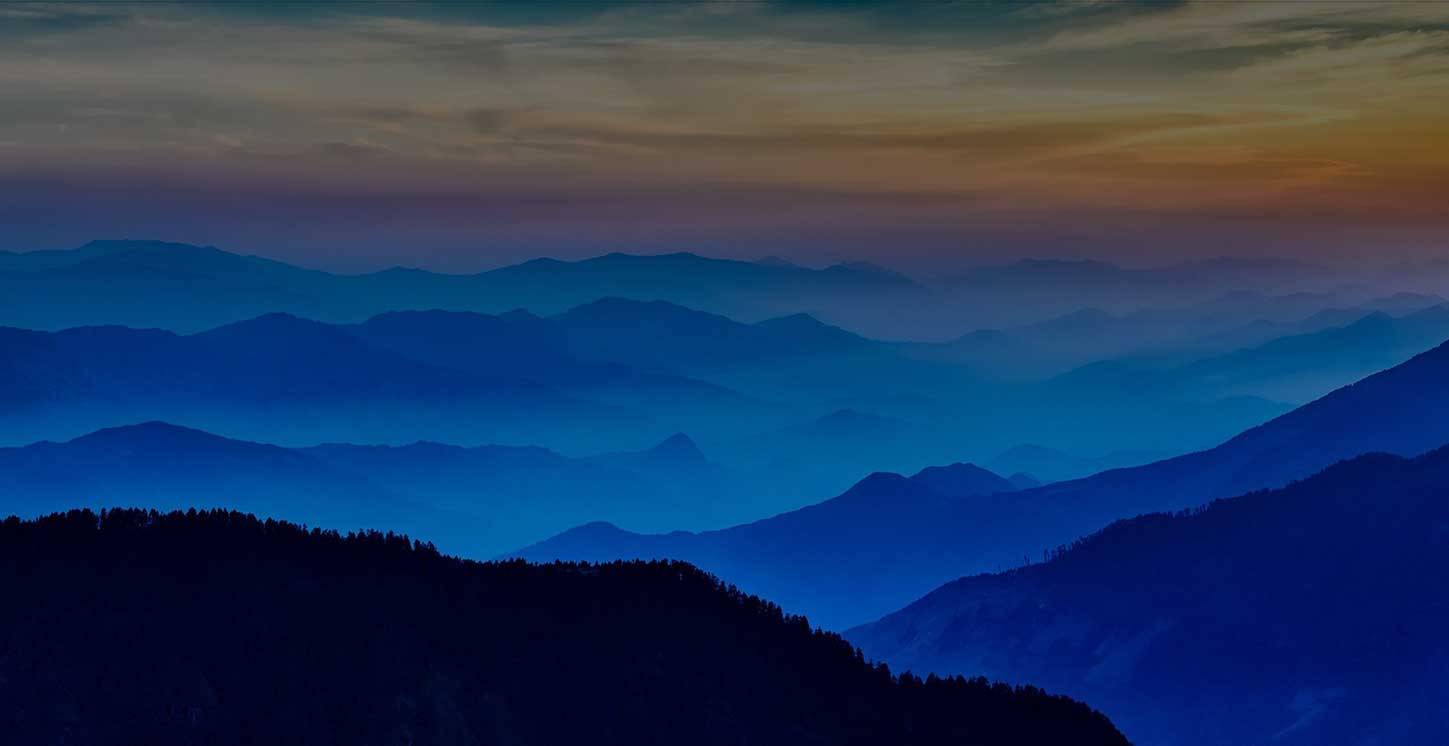
 +1-(765)-586-1210
+1-(765)-586-1210 +44-2030-2689-44
+44-2030-2689-44 +91 124 4361906
+91 124 4361906


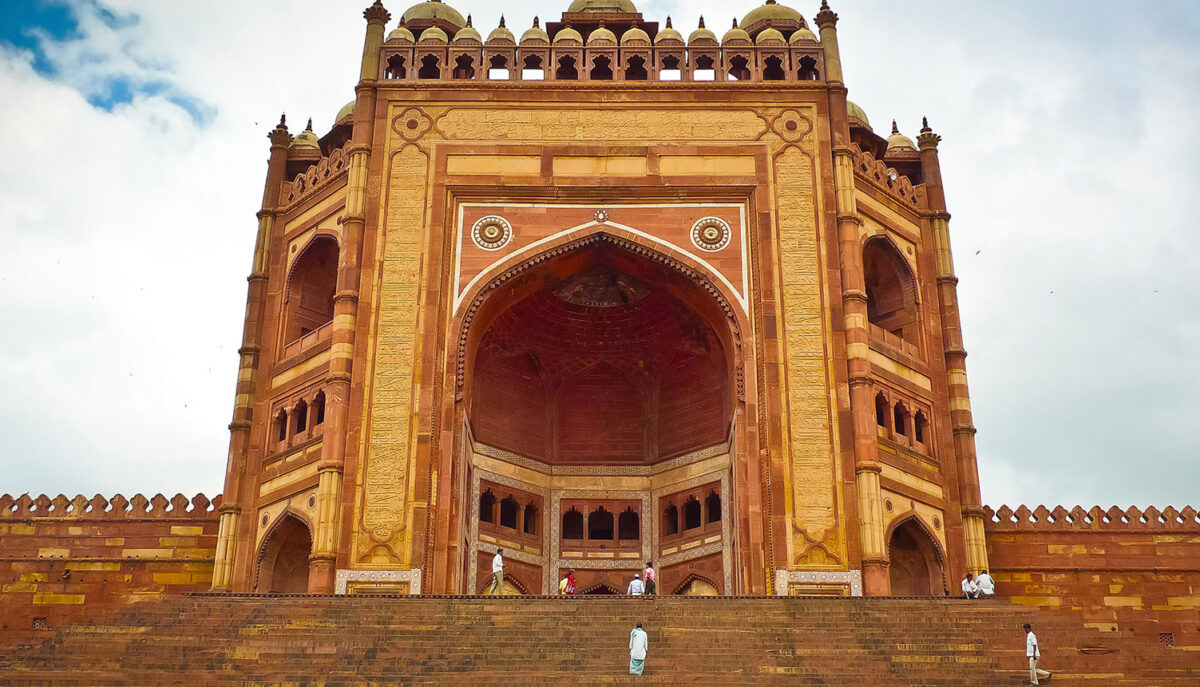
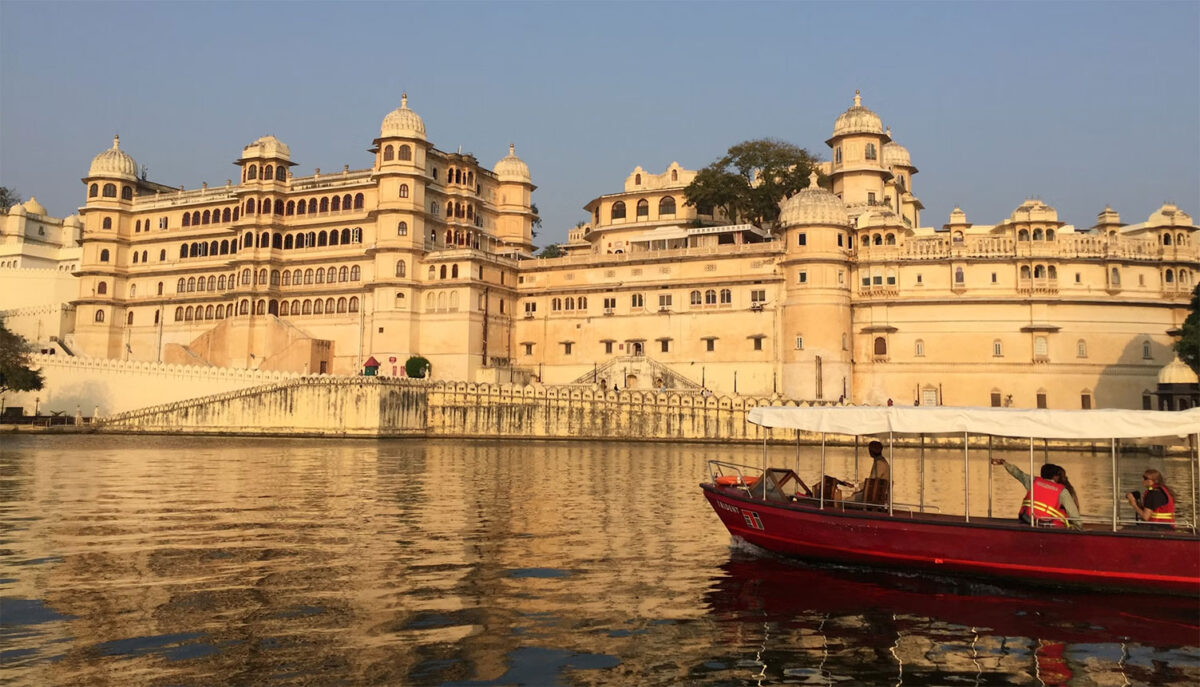

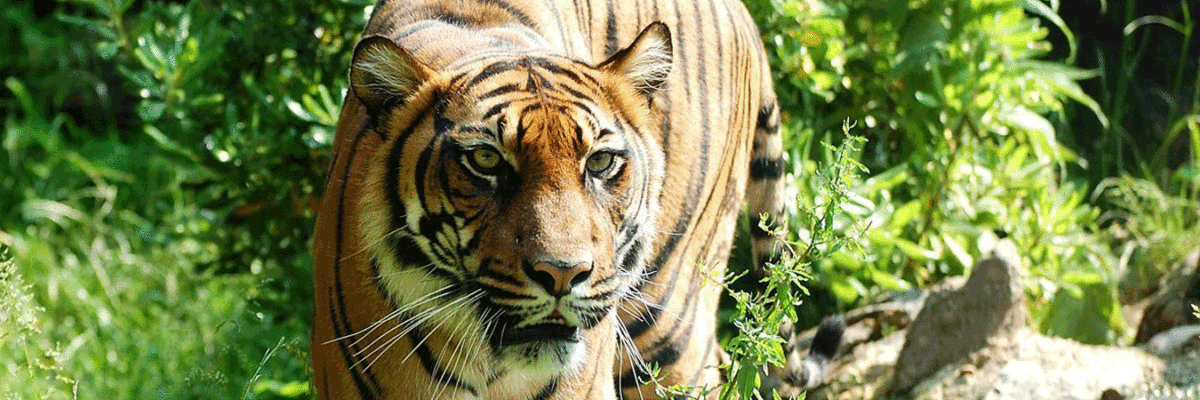
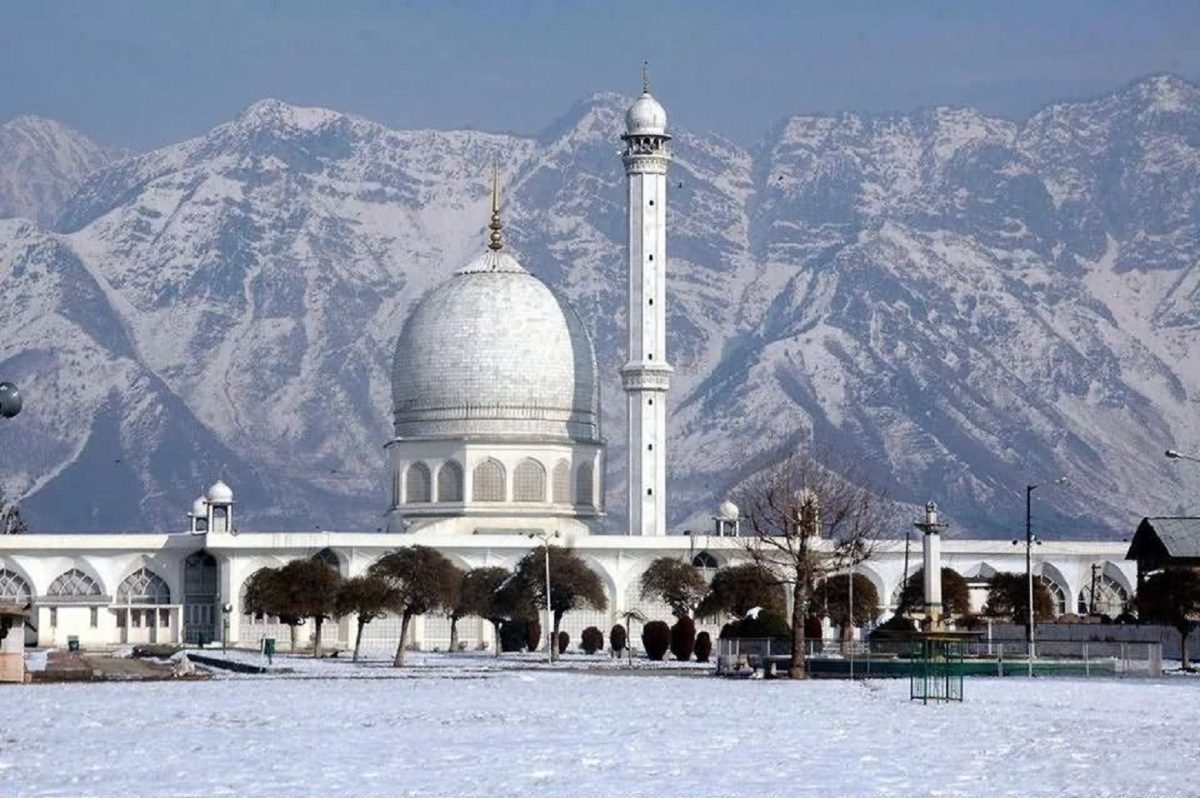
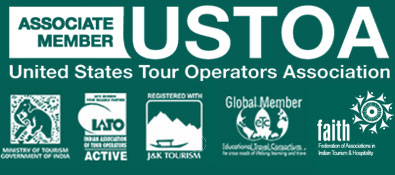

 +1-(765)-586-1210
+1-(765)-586-1210 +44-2030-2689-44
+44-2030-2689-44
